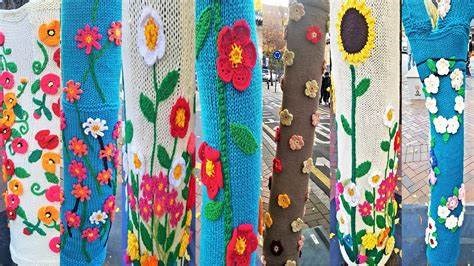Trees being so visible in the landscape are also the most exposed. I am always amazed by trees in the landscape but especially on the coldest days of winter. Days that are so cold that cars won’t run and the human factor hardly strays outside. Those days of – 40 C with a windchill that makes the temperatures outside deadly.
In order for trees to survive the winter to again grow in spring it is really kind of miraculous! However, they must have adaptations in order to survive the cold of winter but also the severe drying conditions. Unlike the animals (and humans) they cannot change their geographical location and they certainly can’t put on or grow a winter coat. They meet winter head on without any clothes on at all. They therefore must rely on physiological and structural adaptations in order to survive.
In summer, the height of trees is advantageous as there is nothing in nature that competes for sunlight at that level. However, in the winter that same height is a liability as tissues become extremely exposed to the weather. In order to survive the trees need to use a variety of strategies.
Trees will either shed their leaves or in the case of evergreens will adapt strategies for leaf retention. The leaves are a major source of water loss and would be difficult to protect in winter conditions. Deciduous trees will therefore drop their leaves to aid in winter survival. This leaf drop is stimulated by changes in the photoperiod or daylength which is followed by a radical change in the chemical and hormonal make up in the tree itself. There is a complex process where abscission layers between the leaves and stems are formed which essentially causes the leaf drop itself. You will notice that all trees do not drop their leaves at the same time which is because the processes that occur within the tree are specific to the tree itself. Evergreens will also shed their leaves but not all of them at the same time. The exception to this are the deciduous evergreens like Tamarack and Larch who lose their leaves seasonally. Most evergreens also have a thick coating on the leaves (cutin) that assists in reducing the amount of water lost. They have a few other adaptations that include a tighter stomatal closure (pores that allow air and water to pass in and out of the leaf) which further reduces winter water loss.
Trees that are able to survive the winter have acclimatized to the climate. This cellular process helps to exploit the physical properties of water which aids in survival through the winter. However, each species and in fact each individual specimen will have a killing temperature. Within the cell itself there are changes that can slightly reduce the freezing point by changing the solute concentrations within the cell. This concentration change within the cell further helps with survival by causing the area outside the cell (which has a higher concentration of water) to freeze first which in turn releases a small amount of heat energy which also aids in individual cell survival.
For deciduous trees, the biomass above ground is relatively water tight as stems and buds lose very little water. However, for evergreens, even in winter there is water loss through the leaf tissues. On sunny days the sun shining on the leaves can increase the temperature significantly enough to be above the ambient air temperature. As a result, metabolic rates rise; the internal vapour pressure increases and even with all the protective measures will cause the net loss of water and desiccation of the leaf tissue. Hence, the importance of ensuring that evergreens go into winter in a well hydrated state.
So, the next day that is bitterly cold, take a moment to think about the trees that surround you and the wonders of nature and its adaptations that allow survival outside without any clothes on! I cannot take credit for the image of the tree trunks festively wrapped in crocheted blankets in South Korea, but I enjoyed it and hope you do as well. Take a moment to enjoy the video about this as well at https://www.almostmag.co/south-korea-crochet-blanket-trees-seoul/
Hanbidge is the Lead Horticulturist with Orchid Horticulture. Find us at www.orchidhort.com; by email at [email protected]; on facebook @orchidhort and on instagram at #orchidhort.
Tune into GROW Live on our Facebook page https://www.facebook.com/orchidhort or check out the Youtube channel GROW https://www.youtube.com/channel/UCzkiUpkvyv2e2HCQlFl0JyQ?




